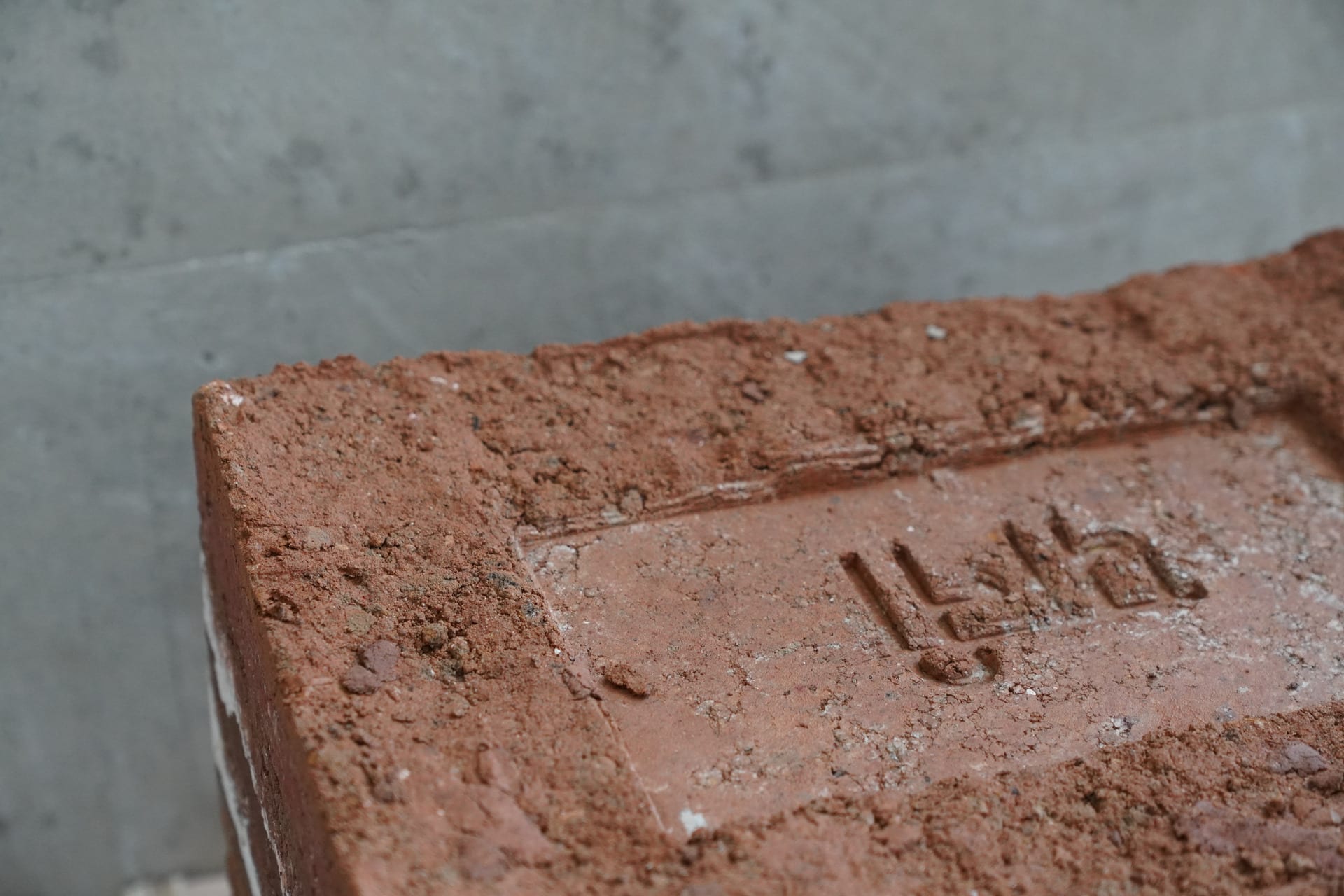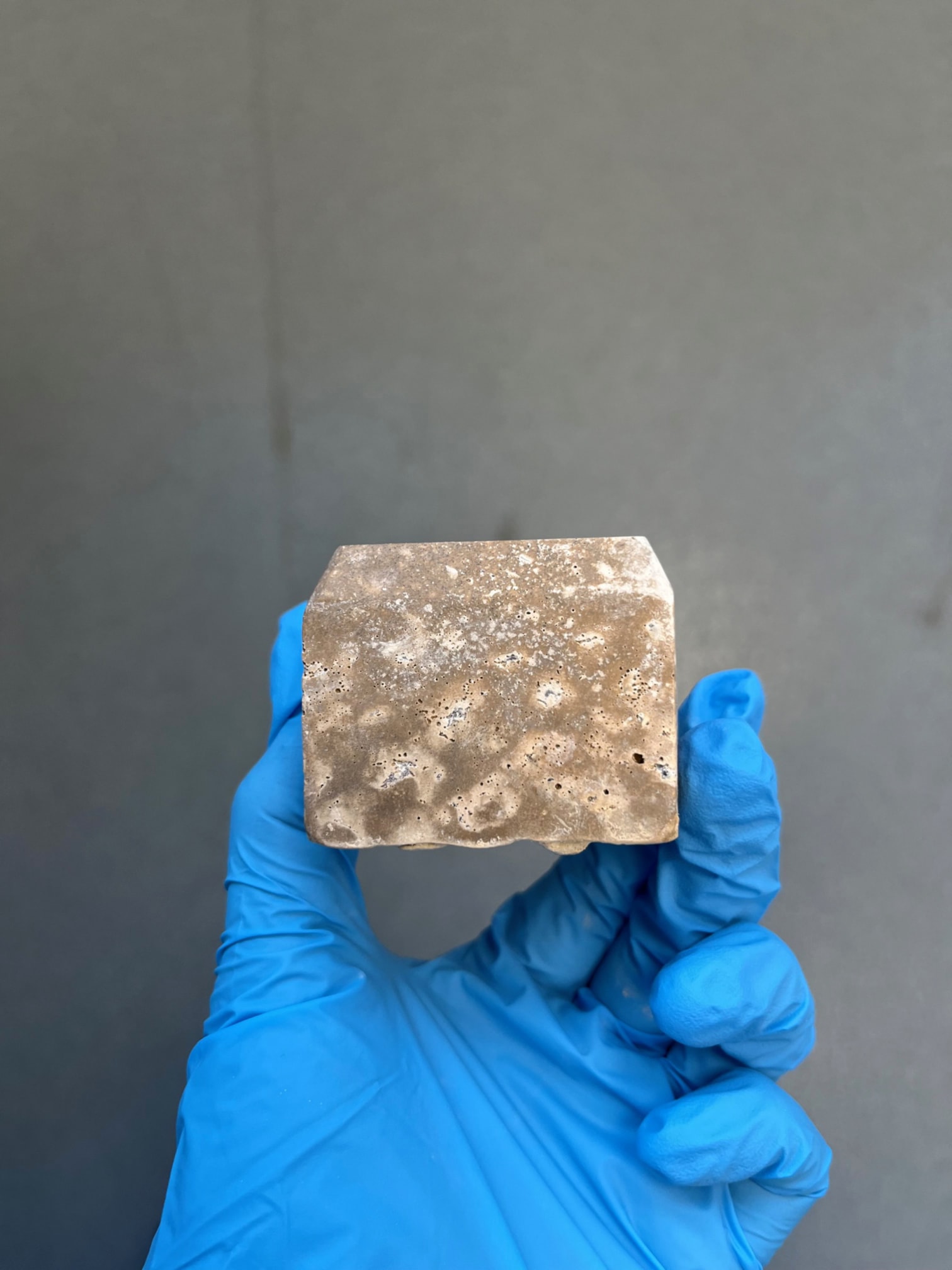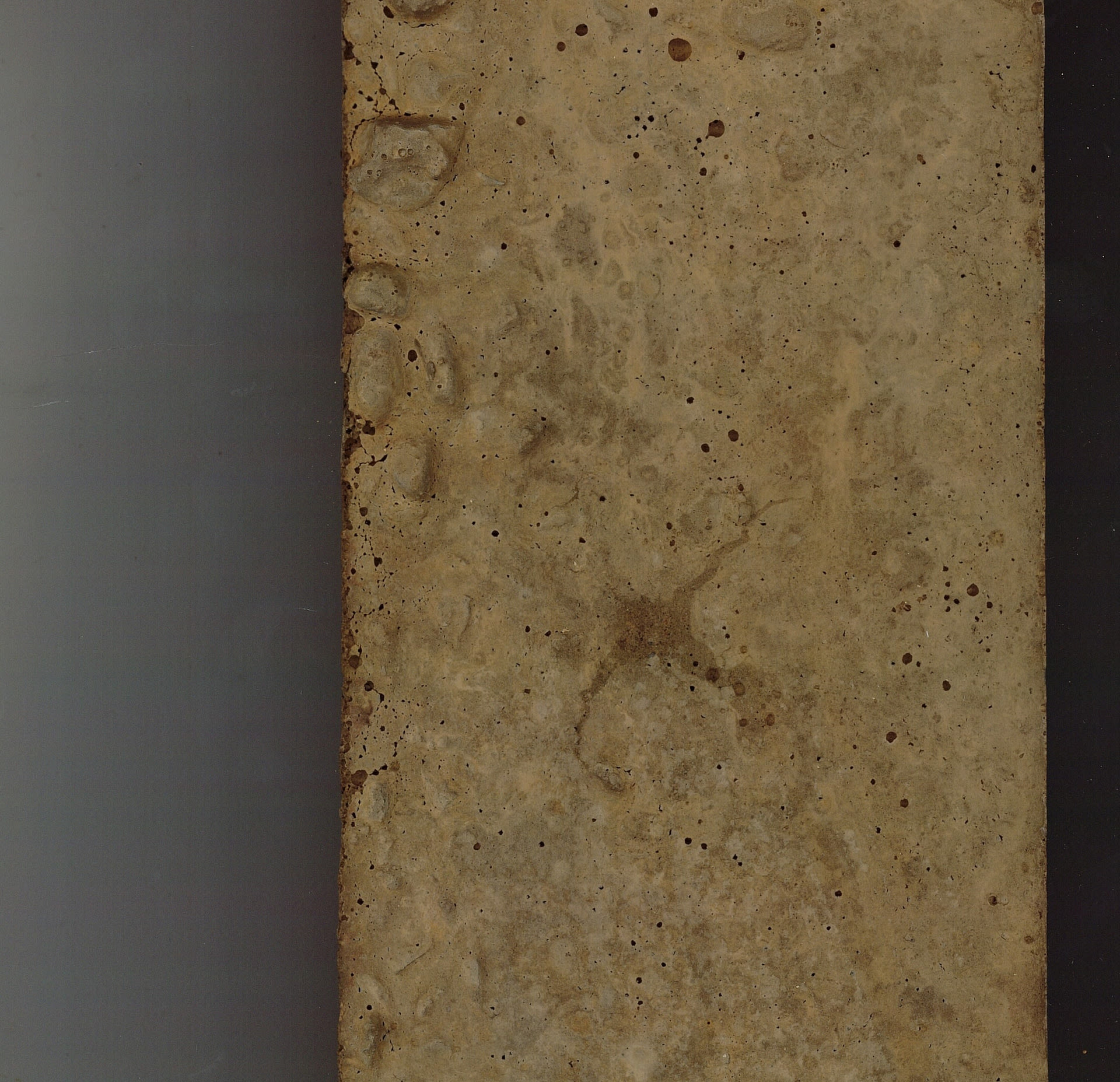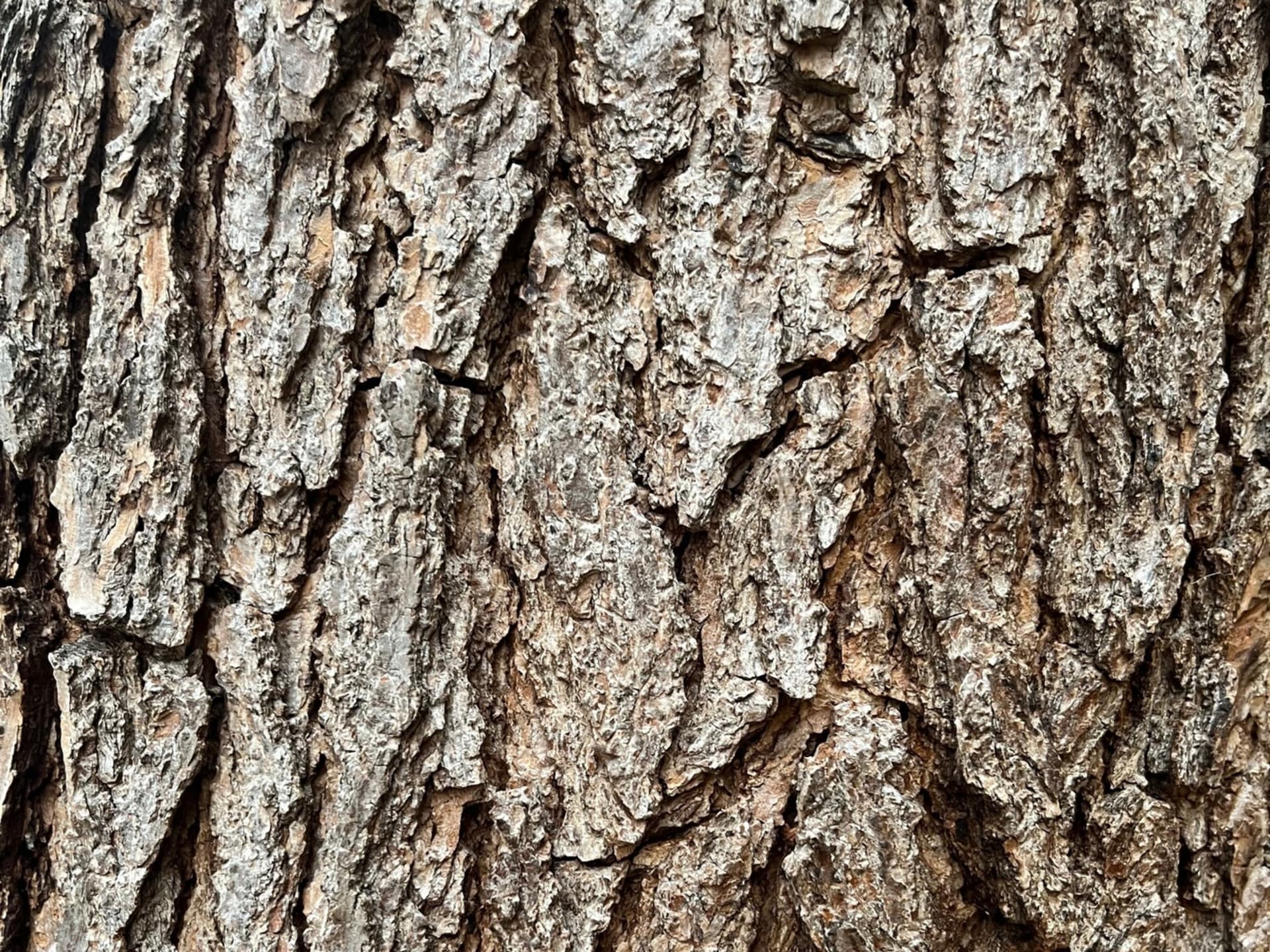Ekta Bagri, from Kolkata, India, is an emerging ceramist and visual artist. She honed her craft at Goldsmiths, University of London, where she obtained a BA in Fine Art & History of Art. Her research, undertaken during her tenure at the Royal College of Art and using facilities at Imperial College London, earned her a coveted nomination for a 2023 D&AD Award in the Future Impact Category.
Her work has been displayed at celebrated events and institutions such as Clerkenwell Design Week, the Saatchi Gallery, the Pumphouse Gallery, and Peckham Levels, among other notable group exhibitions in London. On the international front, her sculptures have been showcased at the Maison et Objet in Paris, and she has upcoming exhibits in Madrid and the Luxembourg Art Fair.
A memorable highlight of Ekta's career was her selection for a research residency with La Wayaka Currents in the Atacama desert, Chile. Here, she left an enduring mark with her ceramics, which are now a permanent installation.
At present, Ekta is developing a community-engagement art installation for the Museum in the Park, Stroud, in collaboration with Cotswold Archaeology.
















